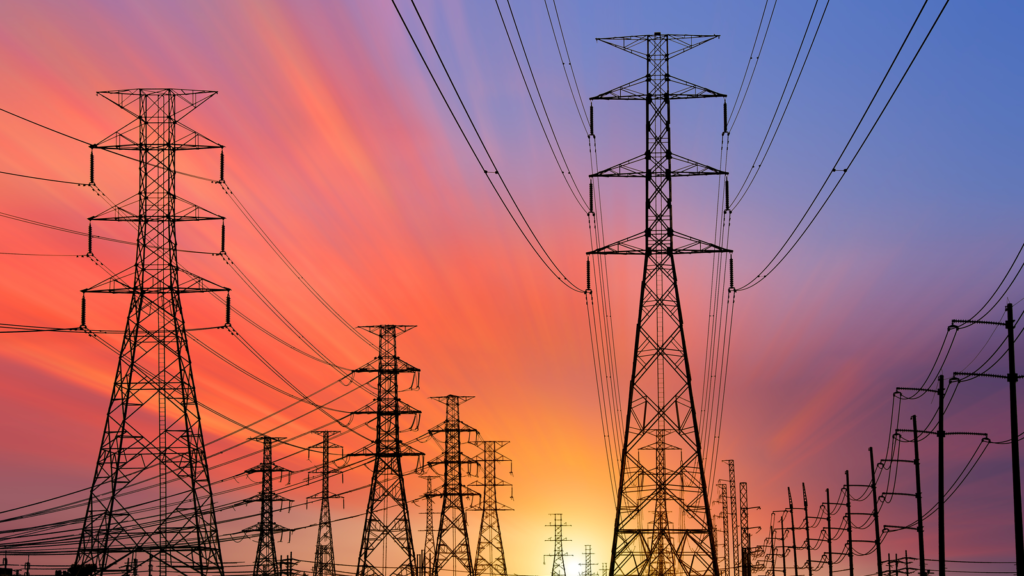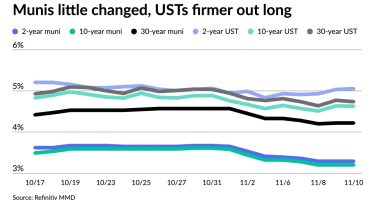America’s Power Crisis Is Creating a Nuclear Boom – Here’s How to Profit
Hello, Reader.
Tom Yeung here with today’s Smart Money.
It was like trying to squeeze blood out of a stone.
Yesterday, I stood up in front of our seven-person Historic District Commission board to get permission to add solar panels on our historic house, built in 1830.
I didn’t want to do this. The historic district has long denied permits for some of the smallest changes; one of our old neighbors had to tear out a window because it “didn’t look authentic” enough.
So, I thought solar would be a stretch.
Still, I forced myself to stand up in front of a town-wide HOA because my home state of Massachusetts has a big problem…
Electricity prices are out of control.
Since 2020, average residential power prices in the state have risen 34% to $30.65 per kilowatt hour, sending our at-the-meter price to $35. Four-figure electricity bills are common in our area.
I’m sure you also have stories of eyewatering utility bills. Over the same period, the national average has risen by one-third to $17.45/kwh, pushing housing affordability out of reach for many Americans.
And the problem goes beyond residential properties as well. Some data centers are being forced to wait months for electricity hookups, and industries like primary aluminum smelting are avoiding the U.S. (despite tariffs) because power prices are simply too high.
One reason is supply. The other reason is demand.
So, in today’s Smart Money, I’d like to explain how these forces are creating both an electricity crisis and an investment opportunity in nuclear energy.
Let’s jump in…
When Supply Meets Demand
Understanding the U.S.’s electricity problem requires looking at both sides of the equation.
Supply. Since the early 2000s, heavy manufacturing began shifting abroad, resulting in years of stagnant electricity production in the U.S. Utilities saw little need to invest in new power plants, and we’re only now seeing the delayed effects. New power plants typically last anywhere from 30 to 80 years.
One area where America isn’t keeping up
Demand. Since 2021, artificial intelligence has begun to take a slice of the electricity market that no one had planned for.
Analysts expect that AI data centers could consume as much as 9% of America’s power by 2030, and the largest regional grid operator serving 65 million people in the mid-Atlantic could face a capacity shortage as early as 2026.
Together, these twin pressures are turning a slow (coal) burning issue into a five-alarm fire. Rolling blackouts could become the norm in a country unused to them, prompting chaos… as well as enormous demand for batteries and backup diesel generators. Regulators and their constituents alike will demand change.
The answer to this problem is becoming increasingly clear, and it’s nuclear.
Nuclear’s Moment Has Arrived
One of the clearest ways to ride this energy shortfall is through traditional fossil fuel companies. Gas-fired power plants are relatively quick to build, making them a natural source for short-term needs.
But there’s also a long-term new-energy story. Since 2022, Eric has been bullish on the entire energy transition, calling it “trading along the energy spectrum.”
And today, the clearest overlooked winner of this transition is nuclear power.
The energy source is relatively cheap to run, generates no direct carbon emissions, and has a plentiful supply. Current mapped out mining areas in Canada, for instance, should last another century.
Public perception is also at a near record high, according to polls by Gallup. Approval rates are especially strong among Republican voters, with 74% favoring the technology. (The figure is 64% among all Americans.)
Governments are taking note. On May 23, the Trump administration issued four executive orders that aim to speed up nuclear reactor licensing and add 300 gigawatts of new U.S. nuclear capacity by 2050.
This is an enormous ambition, but achievable given the right incentives. The share of U.S. electricity generated by nuclear power jumped from near-zero in the 1970s to 19% by 1990 after the Energy Reorganization Act of 1974 streamlined the permitting process for new reactors. The latest round of executive orders promises a similar overhaul.
The result has been a turnaround in uranium prices and the stocks that mine them. Since March, prices of the nuclear fuel have risen 25% to $79 per pound, reversing a yearslong slump.
That’s had a bullish effect on one of Eric’s unique, nuclear plays that he recommends at Fry’s Investment Report. This stock is now up about 28% since Eric recommended it to subscribers last October.
But nuclear power isn’t the only kind of energy source that Eric has his eye on…
Let’s not forget about solar.
And the Trump administration’s desire for American energy independence has created an unexpected tailwind for green technology.
On Monday, shares of solar companies jumped after the latest version of the Senate’s tax bill added penalties for imported renewable energy equipment, which would make local products seem relatively cheaper.
Now, Eric’s solar recommendation is up 10% since Eric recommended it in February. This particular stock’s resilience and recovery reinforce our contrarian call on solar – and why we’re doubling down.
If you’re interested in all of Eric’s energy recommendations – and learning more about his Fry’s Investment Report portfolio – click here.
Until next time,
Thomas Yeung
Markets Analyst, InvestorPlace
The post America’s Power Crisis Is Creating a Nuclear Boom – Here’s How to Profit appeared first on InvestorPlace.






